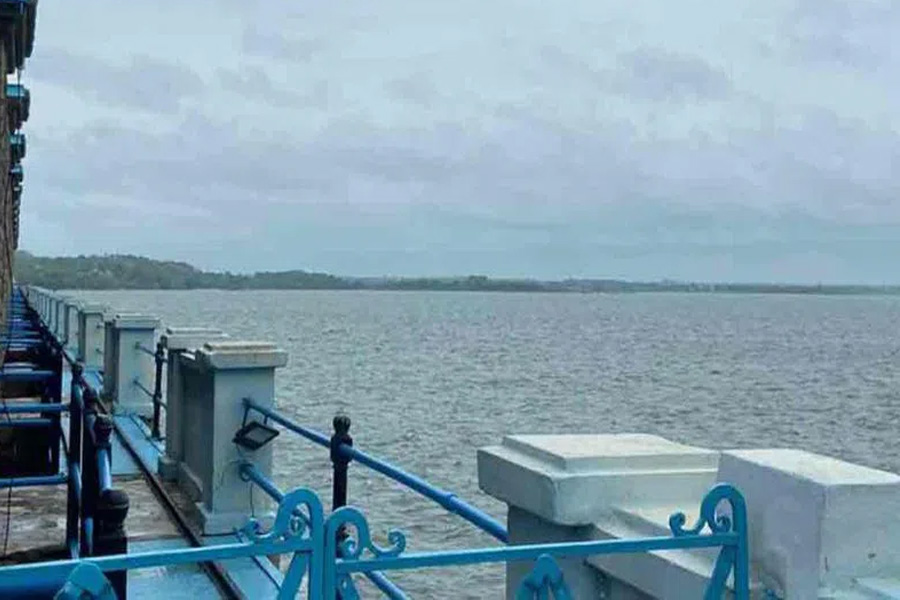Hyderabad: As a part of immediate measures to contain the flow of sewage into the Osman Sagar and Himayat Sagar, the Telangana government has decided to establish four Sewage Treatment Plans (STPs) and an administrative sanction of Rs 82.23 crore has been accorded.
While two STPs of 9 million of litre per day (MLD ) capacity will come up at the Himayat Sagar, two more STPs of 11 MLD capacity will come up at the Osman Sagar.
The Hyderabad Metropolitan Water Supply and Sewerage Board (HMWS&SB) will install STPs to prevent pollution of water in the twin reservoirs which is presently happening unabated from nearby villages of Osman Sagar. The installation of these four plants is a part of the comprehensive plan for ‘Sewerage Treatment and Diversion’ for the entire catchment area of the twin reservoirs which is presently under preparation.
In addition to the installation of these STPs, a series of measures will be incorporated by the State government to safeguard the Osman Sagar and Himayat Sagar.
According to Municipal Administration and Urban Development (MA&UD) Department, installation of additional STPs at various locations will be taken up and diversion channels will be constructed for carrying the treated water to ensure it does not flow into the twin reservoirs.
Works to maintain the quality of groundwater will be taken up and a system will be in place for minimisation of pollution through agricultural surface runoff into these two reservoirs. Agricultural runoff is the surface runoff from farmland outflow, which comes from the farmland’s surplus water.
The HMWS&SB has already engaged the services of NCPE Infrastructure India (P) Limited to prepare a comprehensive plan for the complete abatement of sewage pollution twin reservoirs. The plan is being prepared keeping in view the projected population in and around the twin reservoirs for the next 30 years.
Earlier, the Osman Sagar and Himayat Sagar accounted for 27.59 percent of the installed capacity of drinking water and presently the drawals dependability of these reservoirs is less than 1.25 percent and they are no longer a source of drinking water.
